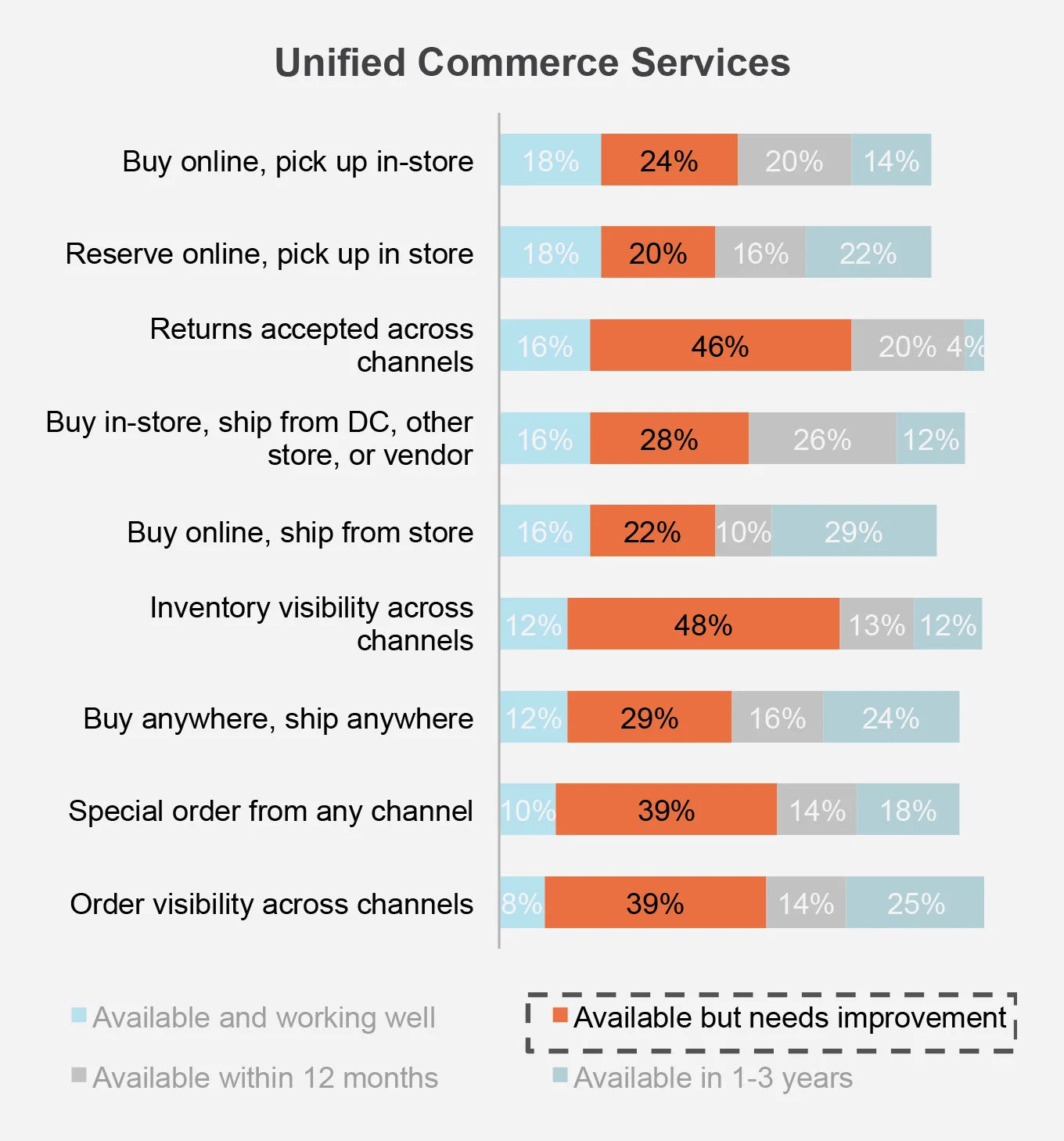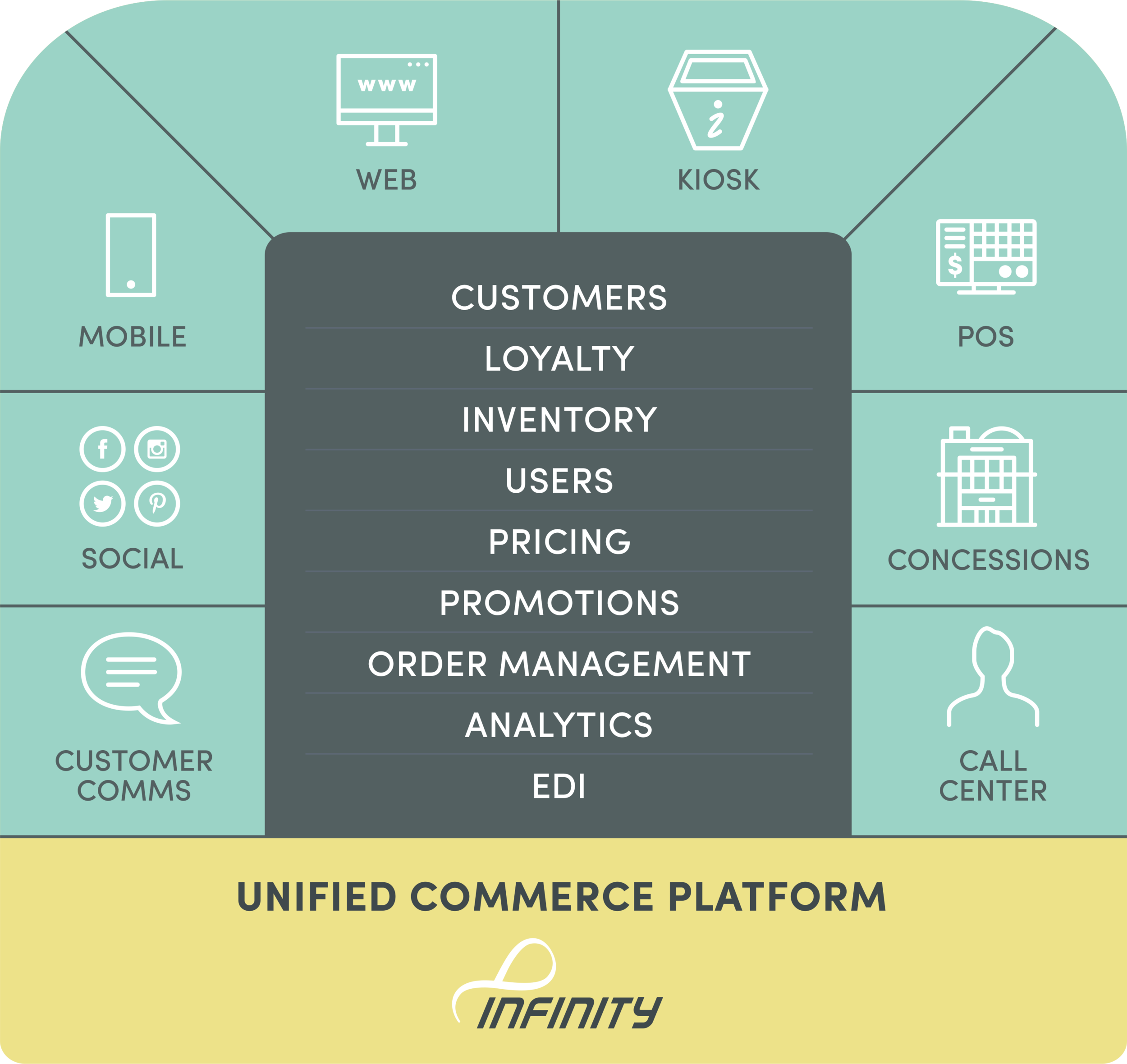The world of retail is changing and fast.
For some time, people have had a lot of different ways to buy. They can still go into a physical store but can also choose to shop via their laptop, phone, a customer service or mobilesales rep, kiosk or shoppable screen, mail order, or even social media.
Retail is now a concept where different people use different combinations to research, order, pay for and pick up their products. Because they have more choice than ever, if one channel or retailer doesn’t work they move on without a second thought.
Almost universally, retailers have been working on integrating channels to provide the experience their customers expect. Accurate inventory online, the ability to collect or return online purchases in store, and the consistent collection of loyalty program points are all important features.
Omnichannel but how effective?
However, many retailers still struggle to execute efficiently. Legacy technology in retail businesses is often built up and connected over many years. It becomes inefficient and creates complex dependencies over time. Interoperability with new technology can be difficult, expensive and slow. As a result, many seemingly omnichannel experiences are being held together with manual processes and complex integrations. Boston Retail Partners recently reported that while retailers are offering omnichannel services, there’s a huge number or processes needing improvement.
True customer centricity
And now consumers are upping the retail game again. With ever-increasing choice and technology becoming even more personal and mobile, consumer expectation is higher than ever. Great price, service, loyalty points and a consistent experience in whatever channels they choose are no longer enough to keep them coming back. A consumer’s experience needs to be one that makes them feel recognised and valued.
A serious and urgent movement towards creating one-to-one relationships with customers is gathering momentum. This used to be how business was done in physical communities, so it’s familiar but with some new challenges for executing in the digital world. In-store beacons detect when a customer enters the store and trigger a VIP discount to their phone. Products relevant to recent purchases projected to a screen they pass. A store associate equipped with information not only about that customer’s past purchases, but those of their family as well as details of their online wish list. These are just the beginning. As the pace of innovation marches on relentlessly and consumer technology moves from the desktop to the person (think smart watches, fitbits and fridges that re-order when supply runs low), the future looks more mobile, more personal.
Infinity as a platform
Customer loyalty and faster innovation
Resolving the issues inherent with traditional channel integration, enabling one-to-one customer relationships and preparing for the increasingly personal and mobile future of retail requires a platform, rather than product, approach.
The Infinity unified commerce platform differs from a traditional retail management system in that it offers a single source of data, real time inventory and customer information that acts as a hub for any customer touch point. It’s open to enable more flexible connection of channels and applications that are faster to develop and deploy.
Order orchestration and flexible fulfillment is a reality with real time information and automated execution. And having transitioned from a product, it comes with 20 years of core functionality and a modern roadmap.
The benefits are many:
- Better information for decision making
- Consistency across channels
- Personalised customer experience
- Optimised supply chain and fulfilment options
- Efficient processes and less manual overhead
- Faster innovation as the world continues to change
Don’t take my word for it
Cue Clothing is a great example of a leading retailer automating the omnichannel experience and offering choice for customers while optimising inventory and fulfilment costs using Infinity.








